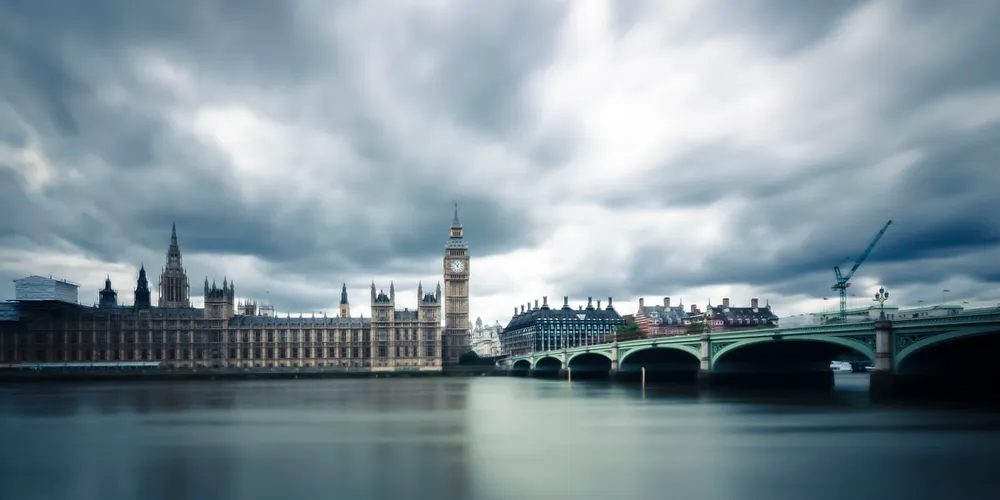IntraFish Seafood Investor Forum: Full recap of the event
Major figures from the global seafood industry and investors gather in London for this year's IntraFish Seafood Investment Forum. Check back here for our live coverage of the event.

Major figures from the global seafood industry and investors gather in London for this year's IntraFish Seafood Investment Forum. Check back here for our live coverage of the event.
